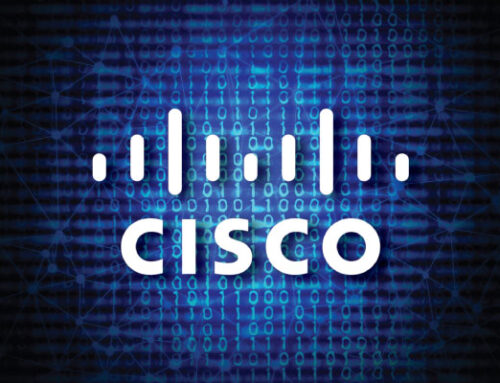The Department of Homeland Security, Cybersecurity Agency, urges Windows 10 users to apply for security updates.
On September 18, The U.S. Department of Homeland Security, Cybersecurity and Infrastructure Security Agency (CISA) issued a rare Windows Server exploit emergency directive which is to be updated within three days.
Also, the department urged Windows users to apply security updates as CISA says, an attacker could use this new vulnerability as follows below to take control of an affected Windows 10 system.
- CVE-2020-17023 | Visual Studio JSON Remote Code Execution Vulnerability
A remote code execution vulnerability exists in Visual Studio Code when a user is tricked into opening a malicious ‘package.json‘ file. An attacker who successfully exploited the vulnerability could run arbitrary code in the context of the current user.
If the current user is logged on with administrative user rights, an attacker could take control of the affected system. An attacker could then install programs; view, change, or delete data; or create new accounts with full user rights.
To exploit this vulnerability, an attacker would need to convince a target to clone a repository and open it in Visual Studio Code. Attacker-specified code would execute when the target opens the malicious ‘package.json’ file.
- CVE-2020-17022 | Microsoft Windows Codecs Library Remote Code Execution Vulnerability
A remote code execution vulnerability exists in the way that Microsoft Windows Codecs Library handles objects in memory. An attacker who successfully exploited the vulnerability could execute arbitrary code. Also, anyone who has installed the optional High-Efficiency Video Coding (HEVC) video codecs could be vulnerable.
The exploitation of the vulnerability requires that a program process a specially crafted image file.
Microsoft has stated that “customers who have installed the optional HEVC or ‘HEVC from Device Manufacturer’ media codecs from Microsoft Store may be vulnerable,” and that exploitation requires the processing of a specially crafted malicious image file. However, if such a file is downloaded and processed by an application, the attacker could execute arbitrary code remotely.
Recommendation:
- Apply the interim mitigation provided by Microsoft after appropriate testing. When available, update Windows to the latest version after appropriate testing.
- Timely patching or timely installation of software update ranks as the top cybersecurity measure in preventing remote code execution attacks.











Leave A Comment